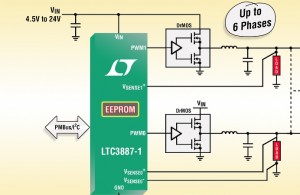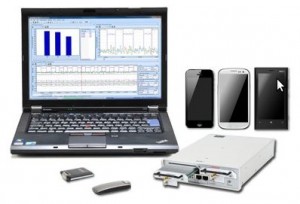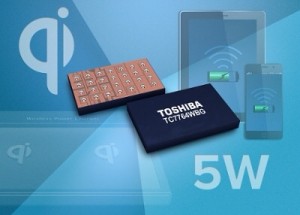A development kit for designing a virtual reality headset for game-players from 0pen-source software has been introduced by the Open-Source Virtual Reality Consortium.
Called the Open-Source Virtual Reality (OSVR) Hacker Development Kit, it provides a modular platform designed around an FPGA-based All Programmable SoC from Xilinx.
The ARM-processors based SoC carries out the video processing and controls data collected by the headset’s many sensors.
“This allows developers to make tweaks for added functionality like multiple sensors and algorithms for computer vision processing,” said Lau Lee Yang, senior director for OSVR business development at Razer, the company behind the kit.
The kit includes a positioning and head tracking device, a display, and double lens optics.
“In the near future the Hacker Development Kit will also be able to offload software processing tasks such as optical distortion correction using its hardware and potentially perform image enhancement functions,” said Lee Yang.
The OSVR Hacker Development Kit has started shipping to selected developers.






